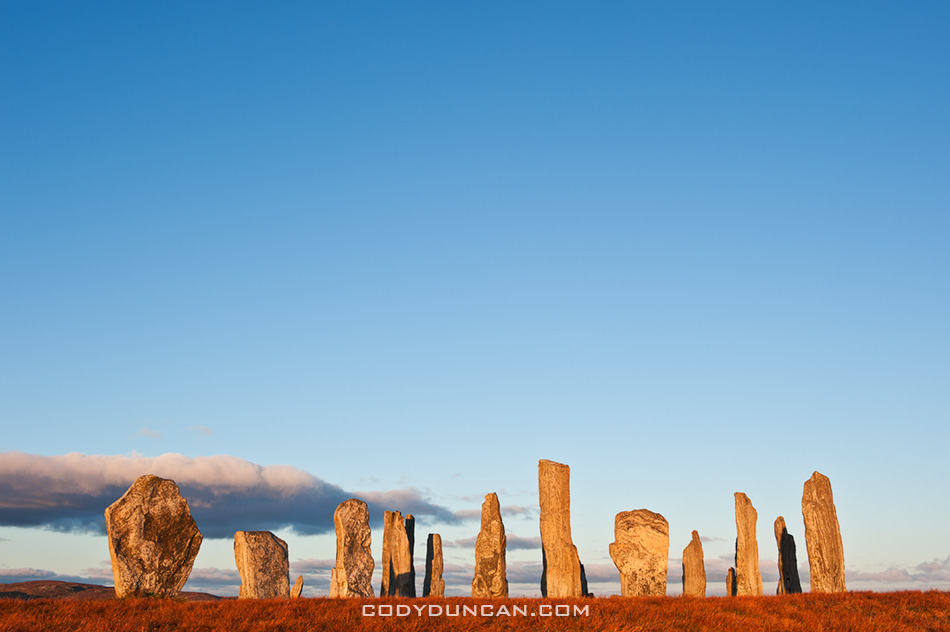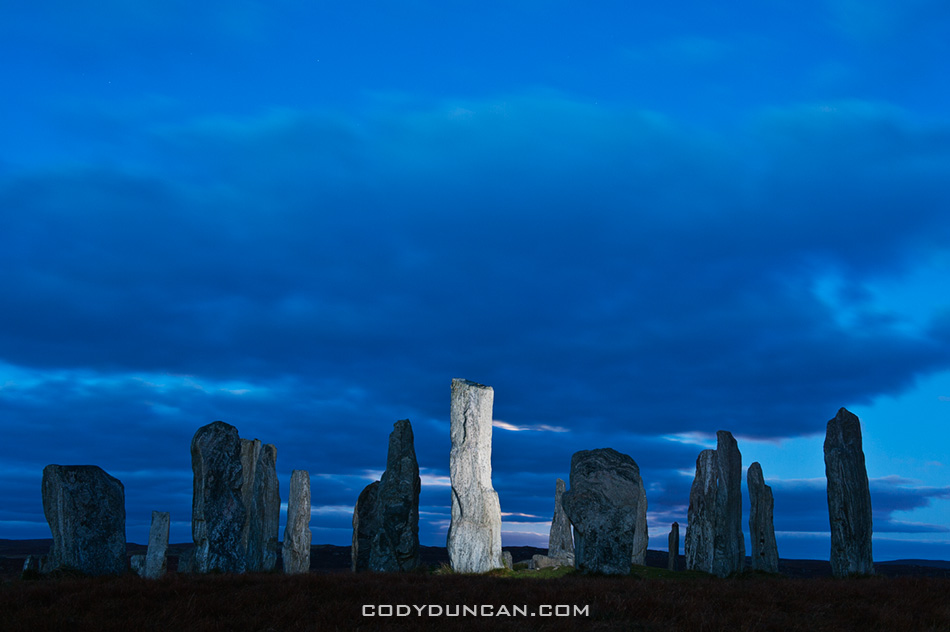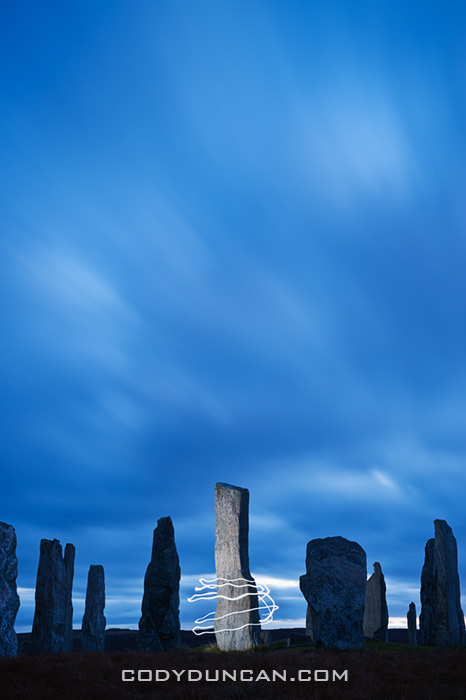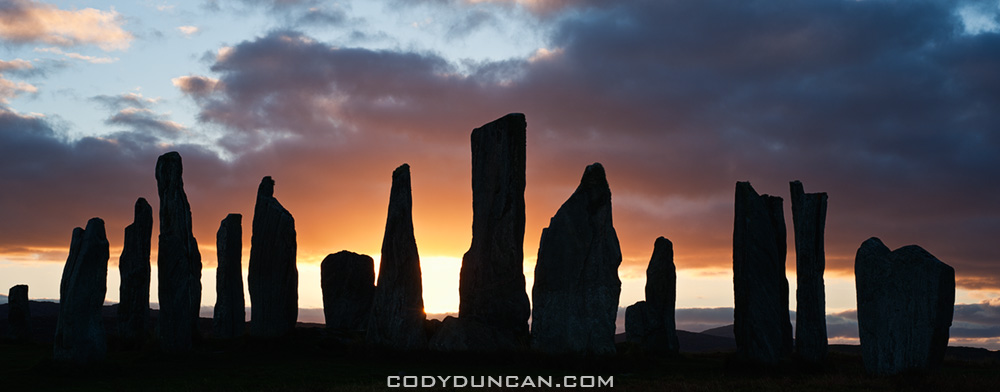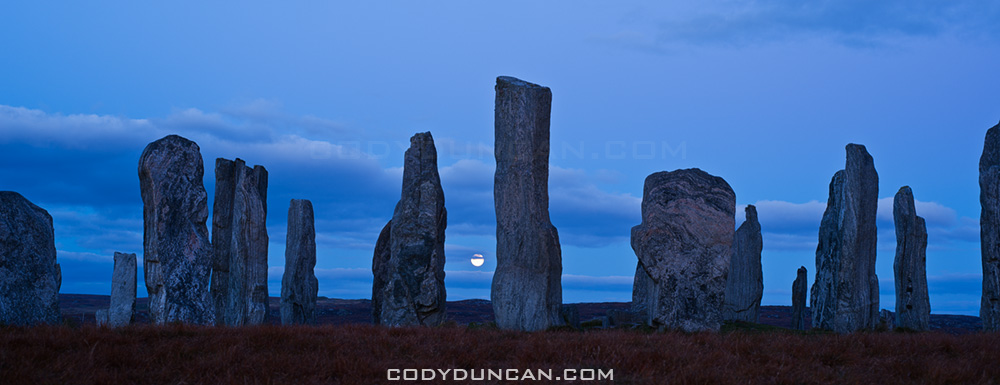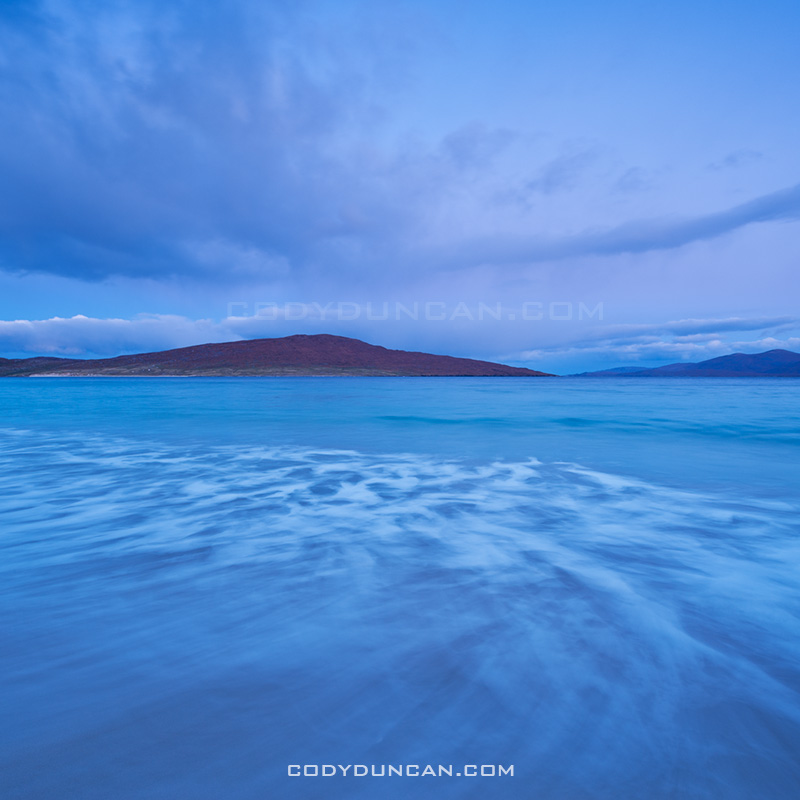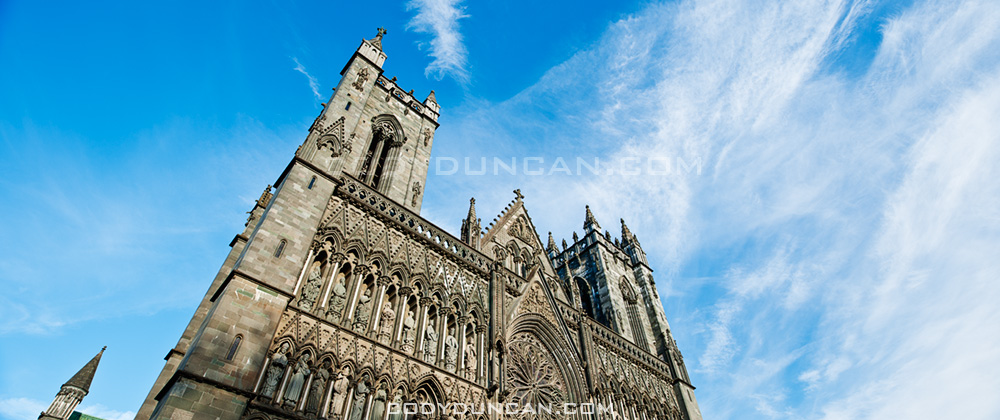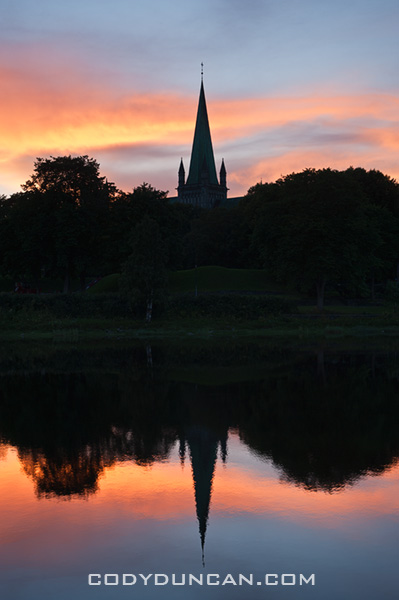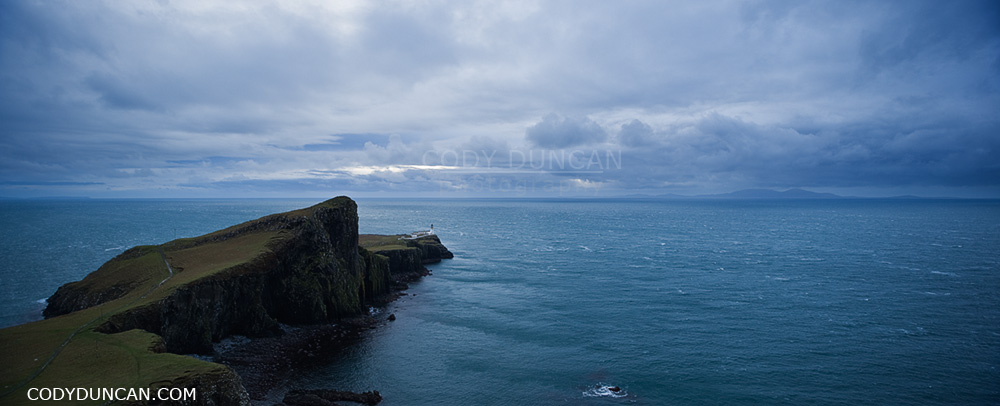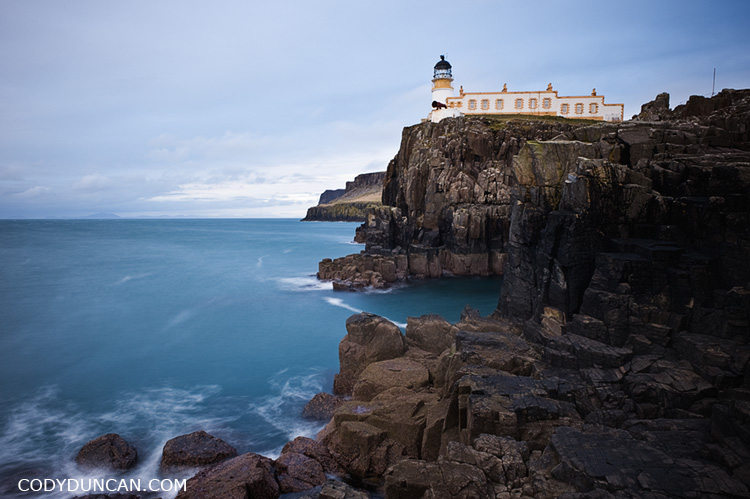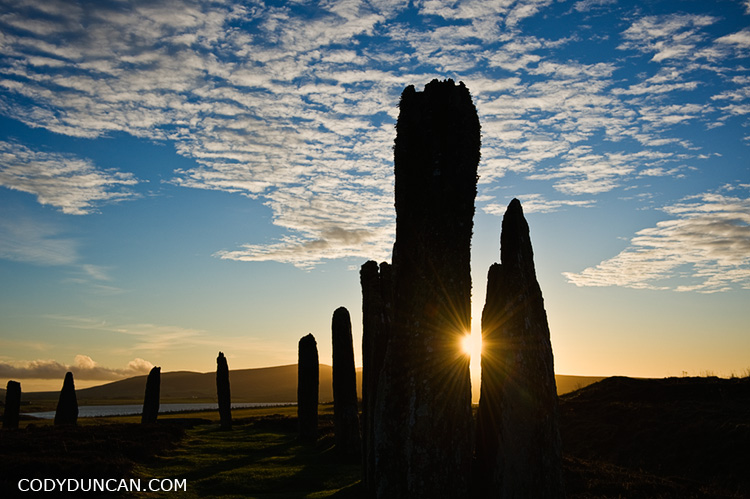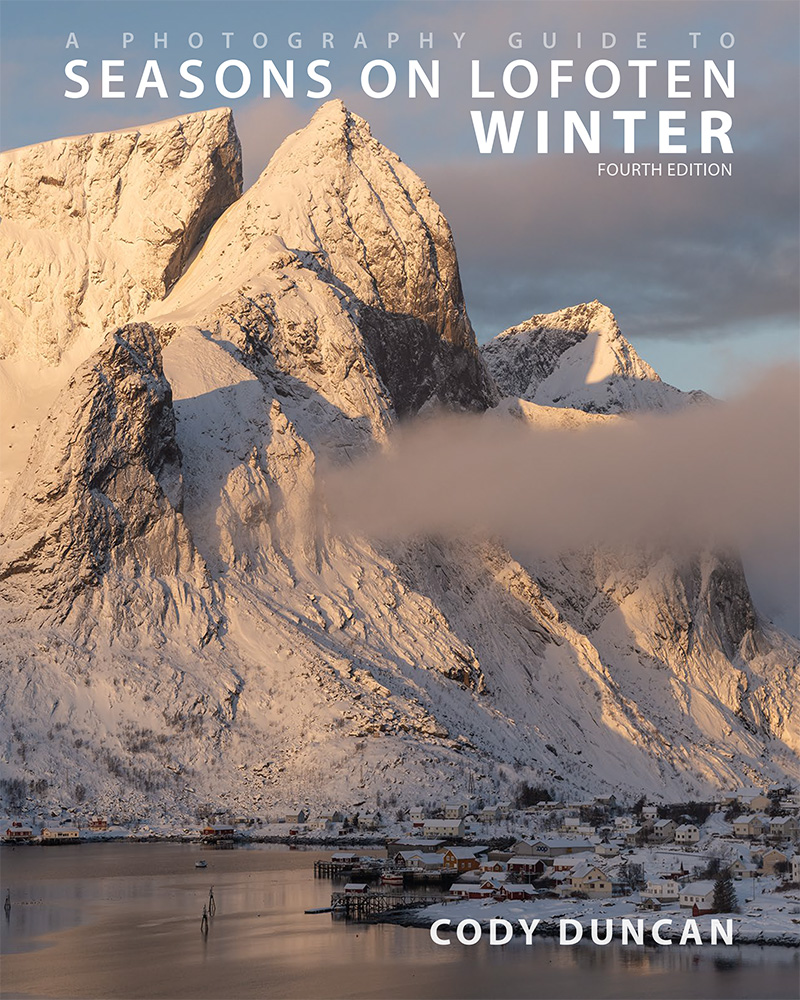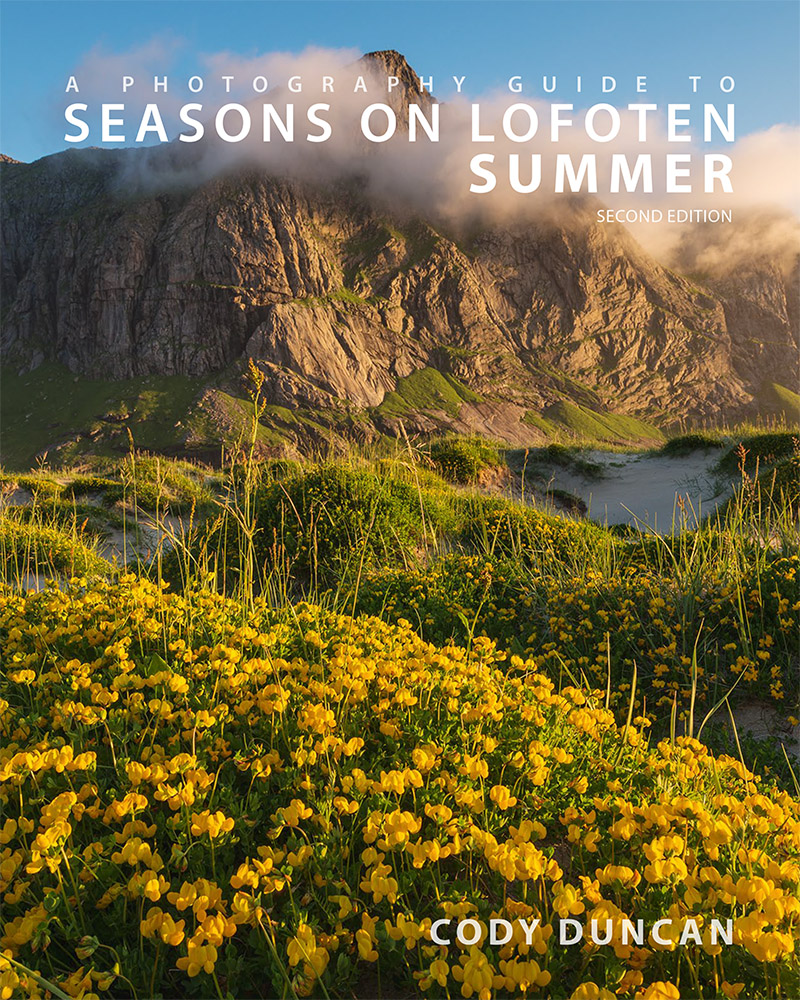Deep Freeze Wales Part II
Photo: Frozen Welsh landscape from summit of Pen Y Fan, Brecon Beacons national park, Wales. November 28, 2010
A few more photos from Pen Y Fan and the Brecon Beacons on Sunday. The last few days have seen the temperature rise to around 0º C with several more snowfalls, but nothing like last week. Still a very wintry landscape and since they don’t use snow tires (or should I say tyres) here in the UK, they tend to drive like Californians do when it rains; not very well. Here in the countryside many of the roads don’t get cleared from snow, so it can be a bit difficult to get around. Almost got stuck up in the mountains on Tuesday on the way back from checking out the waterfalls at Ystradfellte to see if they’ve begun to ice up at all.
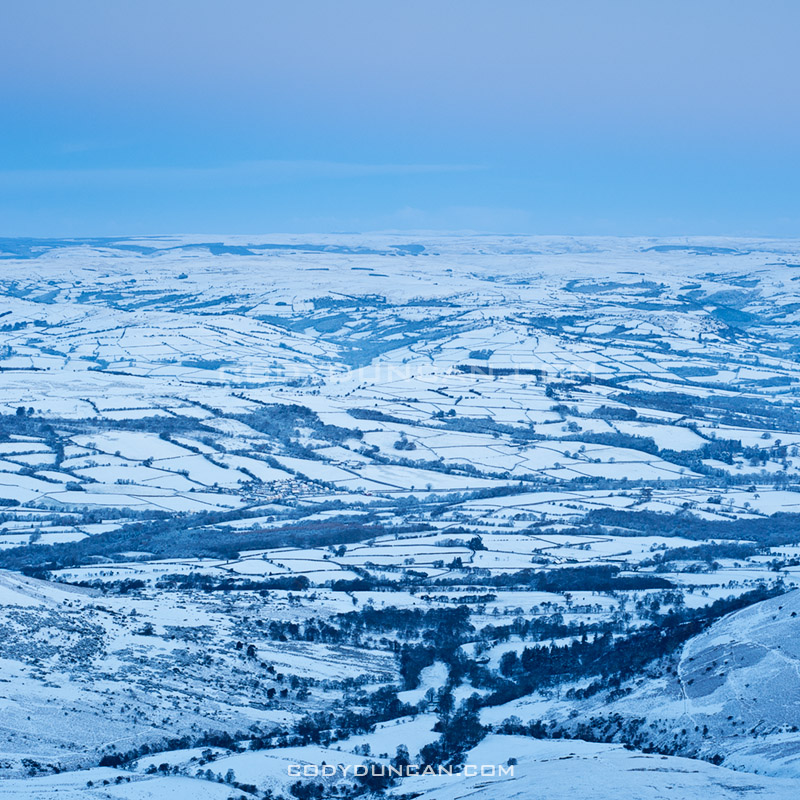
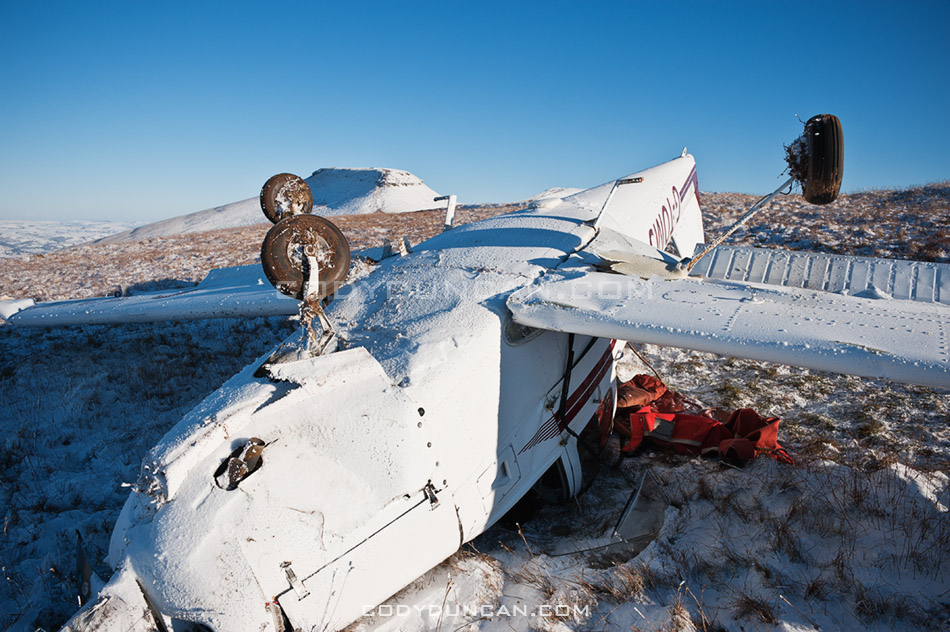
Photo: Small plane crash in Brecon Beacons near Pen Y Fan
On Friday this plane crashed up on the ridge near Pen Y Fan. Looks bad but apparently the pilot was able to crawl out and walk away. Pretty amazing.




